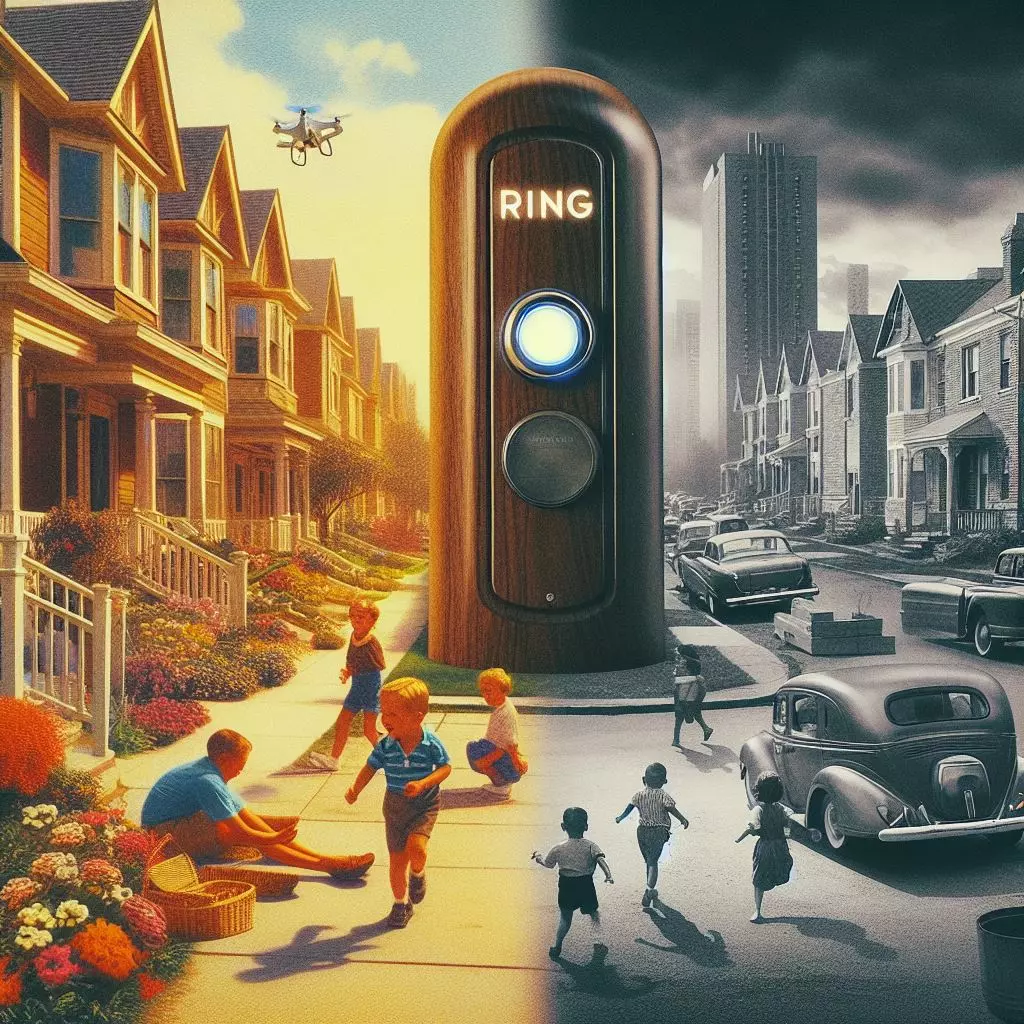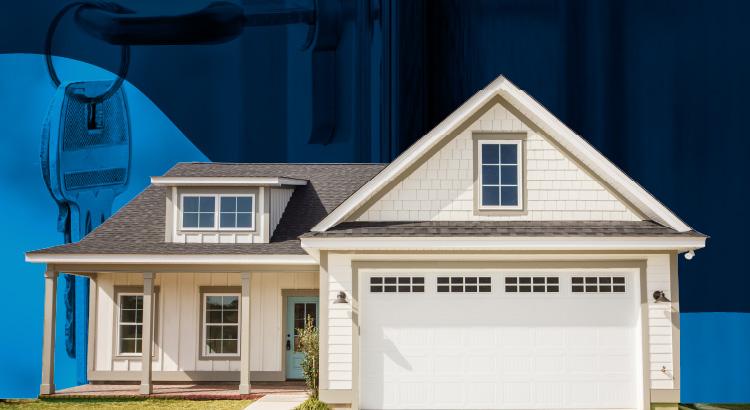The Unintended Consequences of Ring Doorbells

The Unintended Consequences of Ring Doorbells: How Technology Fuels Neighborhood Paranoia and Racial Profiling
In the not-so-distant past, the sound of a doorbell ringing would spark curiosity rather than anxiety. It might signal the arrival of a friend, a neighbor with a fresh batch of cookies, or even a package delivery eagerly awaited. However, in today's digitally interconnected world, the advent of smart home devices like Ring doorbells has transformed this once-innocuous sound into a source of paranoia and racial profiling for many neighborhoods across the globe.
Ring doorbells, with their built-in cameras and motion sensors, offer homeowners a sense of security and convenience. They allow residents to monitor their doorstep remotely, receive notifications when someone approaches, and even communicate with visitors through their smartphones. Yet, this technological innovation has inadvertently unleashed a wave of suspicion, mistrust, and unfair targeting among communities.
Coupled with platforms like Nextdoor and other forms of group communication, Ring doorbells have created a breeding ground for unfounded accusations, racial profiling, and heightened vigilance. Someone simply taking a leisurely stroll through the neighborhood, a realtor showing a property, or even a child playing innocently can quickly find themselves labeled as potential thieves or threats to the community's safety based solely on their appearance or the vague motion alerts from smart doorbells.
A Chilling Example of Escalation
In 2022, a young Black man delivering groceries was accosted by a homeowner based solely on a Ring doorbell notification. The homeowner posted a blurry image and inflammatory caption labeling the man as "suspicious" on Nextdoor. Neighbors began harassing him, and the situation escalated to the point where police were called - all because of unchecked assumptions fueled by technology.
Beyond mistaken identity, studies show people of color are disproportionately flagged as suspicious by smart doorbell users and neighborhood watch groups. This racially-biased scrutiny creates a hostile environment and undermines trust within communities.
Eroding the Fabric of Community
It's a sad reality that underscores how technology, when misused or misunderstood, can exacerbate societal tensions rather than alleviate them. In the past, neighborhoods thrived on a sense of communal trust and cooperation. Neighbors knew each other by name, looked out for one another, and welcomed unfamiliar faces with open arms.
Recalling a time before smart doorbells and hyper-connected platforms, one might reminisce about a simpler era where a knock on the door or a friendly wave was met with hospitality rather than suspicion. Community bonds were forged through face-to-face interactions and shared experiences, rather than the lens of surveillance cameras or online rumors.
Today's climate of paranoia surrounding doorbell rings and neighborhood activity stands in stark contrast. Instead of fostering security and camaraderie, the constant surveillance and implicit distrust fueled by technology have eroded the fabric of community life. Neighbors increasingly see each other as threats, and notions of "neighborliness" have been replaced by suspicion and apprehension.
The speed and reach of digital communication amplify consequences. A single inflammatory post can spark a witch hunt, tarnishing reputations and perpetuating stereotypes. Even innocent acts like a child playing can be misconstrued, as seen in the disturbing 2020 Kansas case where a family was harassed after their daughter triggered a neighbor's Ring alert.
A Delicate Balance
While Ring's intention may have been enhanced safety, the consequences cannot be ignored. As our world becomes increasingly interconnected, we must strive for a balance between security, privacy, vigilance and trust.
Collective reflection on community values and technology's role in shaping interactions is crucial. We cannot let the glare of digital surveillance and online discourse overshadow the solidarity of neighborhoods. Educational initiatives promoting responsible technology use and community rebuilding efforts emphasizing open dialogue can help counteract damaging trends.
Ultimately, we must remember technology is a tool that can divide or unite us. The choice rests with users and communities. By prioritizing human connections over digital paranoia and addressing racial biases, we can reshape narratives and ensure neighborhoods remain havens - not desolate spaces ruled by unfounded fear of each other.
Categories
Recent Posts










